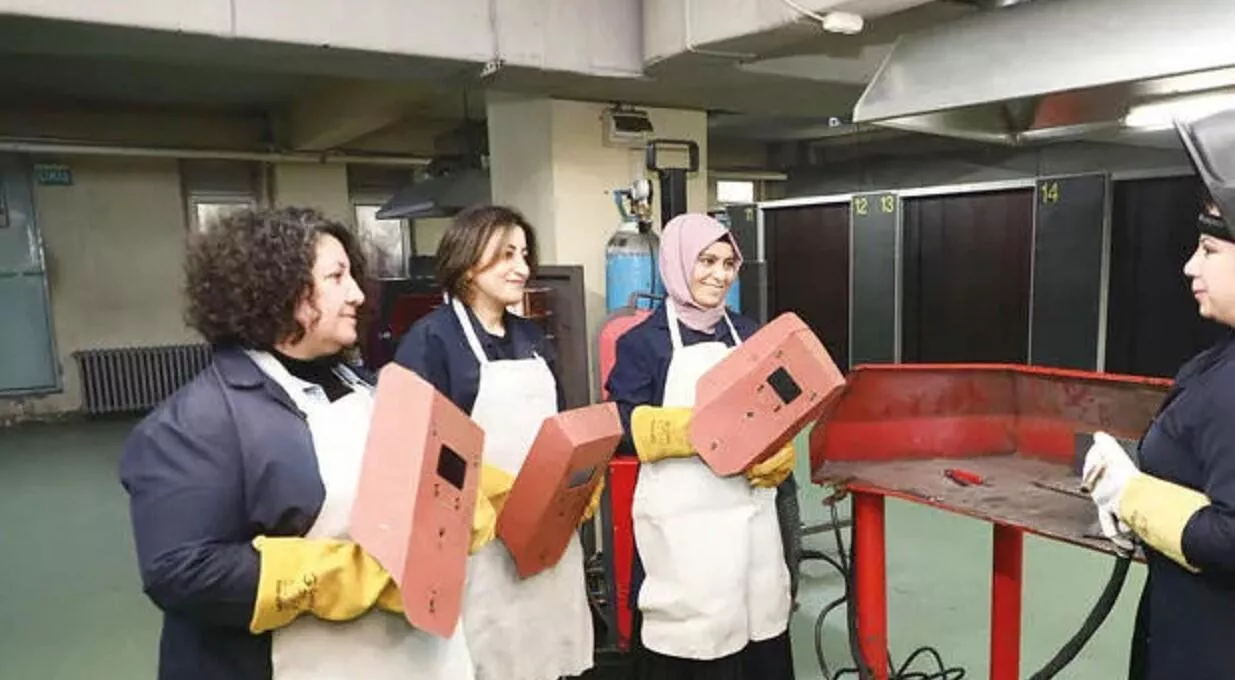The welding industry has adopted robots to ensure consistent quality, maximize productivity, and facilitate cladding applications. With the constant evolution of technology and the development of construction and infrastructure, the global market for welding gear is expected to reach over £12 billion by 2026 (over $14.7 billion). Technological advancements in the welding industry can bring a wide range of benefits, transforming the way welding operations are performed. Among many other things, they can increase efficiency, reduce downtime, enhance safety, offer better precision, and improve the quality of welding processes overall. So what are the latest, most innovative tools that are driving the sector forward? Let’s take a look at some of the tech introductions that are already starting to shape the future of the welding industry. Robotics Over the years, more and more sectors have been using robots to facilitate their day-to-day operations. In more recent times, the welding indust...


Comments
Post a Comment